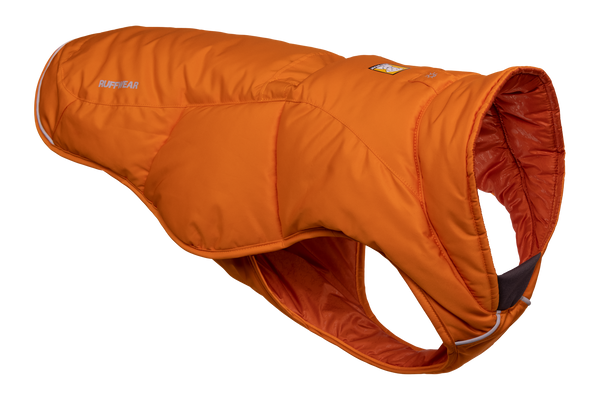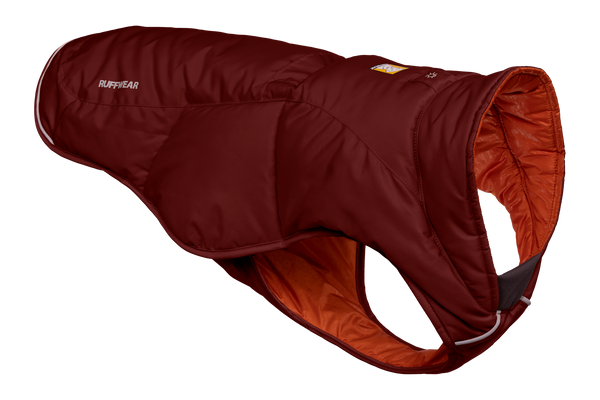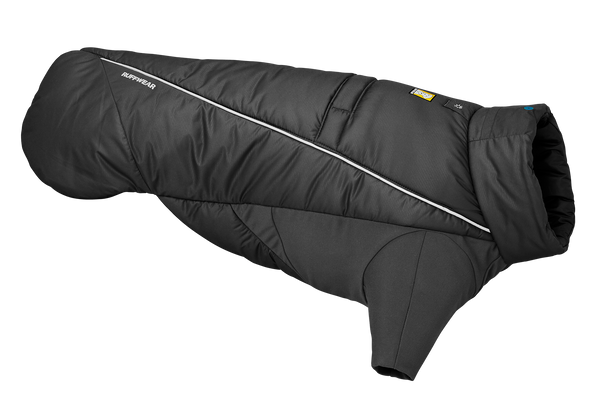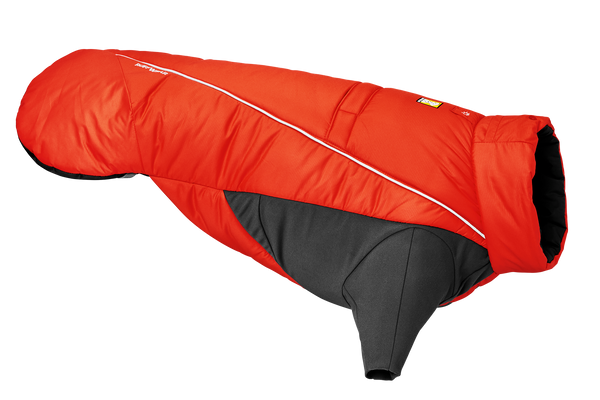Skiing with Your Best Friend
If you’ve had the opportunity to go skiing with your dog, you know that there are few activities that are more fun! Dogs are possibly the only ones who get more “snowked” than we do when the white stuff falls. Depending on your experience level, your dog’s particular traits, and the type of skiing you’re doing, there can be a tough learning curve when it comes to adventuring in the snow with your furry friend. Our friends Laura, Star and Titan (of Silas the Sprinter) have been getting out quite a bit and are here to help! Here are Laura’s tips for skiing with your dog:

I haven’t been skiing for very long, and I’ve been skiing with Titan and Star for even less time, but heading out to the snow on two planks with my pups has quickly risen to the top of my favorite things to do list. As a novice, I’ve learned many helpful tips that I thought I would share with others who are looking to get into skiing with their dog.
Types of Skiing
Depending on what you’re into, what type of dog you have and their energy level, you can ski in several different ways with your dog.

Cross Country Skiing
Classic XC skiing is a great way to start skiing with your dog because it is much slower paced, which can be helpful for teaching your dog some of the basics, like staying away from you ski edges. Skate-skiing is much faster paced and a great workout for you and your dog. While cross country skiing, your dog can run or walk beside or behind you off leash. If your local trails have leash laws, or you prefer to keep your dog leashed, you can teach them to skijor.


Skijoring
Skijoring involves being towed by your dog as you ski. It can be done while classic XC skiing or skate-skiing. It is a more advanced skill and a great way to bond with your dog through a shared activity that requires cooperation. To really do this right, you will want to spend a good deal of time training your dog before you even get on your skis. For example, you’ll have to teach your dog to pull against their harness, which is something a lot of us spend time teaching our dogs not to do! You will also want to teach them the very important “on-by” (or leave it) command, so they learn to pass distractions and continue pulling so you don’t have any pile ups.

Downhill Backcountry Skiing
This type of skiing will involve the most energy expenditure from your dog, and also requires that you have the technical skills for backcountry travel. While backcountry skiing, your dog will follow you up the skin track, and then run down the slope as you ski back down.




Safety and Comfort for your Dog
The most important things to consider while skiing with your dog, is that they are safe and that they are comfortable. You will be out in the elements, traveling over varied terrain, and you will have very sharp edges attached to your feet that can be dangerous for dog paws and legs.

Gear
Some dogs were bred to be in the snow and others, while they still love it, don’t necessarily have the traits to be comfortable in the cold. Know your dog and be able to recognize when they are cold. Always carry a jacket, like the Powder Hound, in case your dog gets chilled. Be careful about using jackets without sleeves (Overcoat, Quinzee) in deep and powdery snow, as snow can get trapped in the front chest area of the coat and make your dog’s internal organs cold. If your dog is prone to frozen paws, getting snowballs in between their pads, or getting raw pads, be sure to get your dog used to wearing boots before you head out. If you have a smaller dog, consider using a harness with a handle, like the Web Master™ Harness, so you can pull your dog out of deep snow or over obstacles.

Nutrition
Don’t forget to bring treats! Adventuring in the snow can burn a lot of calories and you’ll want to make sure your pup has adequate energy for the whole outing.
First Aid
Be prepared to administer basic first aid to your dog in case they are injured while skiing. One of the more common injuries dogs receive is a slice from a ski edge. Be sure that you are able to stabilize any injuries and evacuate your dog safely before you take them out on an adventure.

Activity Levels
Snow is like a stimulant to Star. As soon as her paws touch it, she goes bonkers, hopping through it, running back and forth, jumping up and down. If I allow her to do this while we are skiing, she will exhaust herself and become extremely sore (she is three years post-op on a TPLO and also has minor arthritis). To make sure she has a good time skiing, I keep her leashed on the skin track. This makes for a controlled pace all the way up the mountain, and insures that she stays out of the deeper powder on the side of the trail. When it is time to ski down, she gets to go at her pace. Titan, on the other hand, is a master at energy conservation and will slowly follow behind you up the skin track. Be aware of your dog’s energy level and what they are capable of.

When to leave your dog at home
Although Titan and Star love snow and want to come skiing with me every time I go, I know there are times when it is in their best interest to leave them at home. Never take your dog skiing when there is high avalanche danger (you probably shouldn’t be out there either!). Consider leaving your dog at home after a big storm or when there is a lot of fresh powder. Post-holing through the snow and jumping through deep powder can be very exhausting for your pup and can also lead to serious injuries like a torn ACL. Don’t take your dog out when they are tired. Star only comes skiing with me once or twice a week, or else she gets too sore. Although she loves it regardless of how she might feel afterward, I know that it is in her best interest not to over do it. Leave your dog at home if you are exploring a new area. If you aren’t familiar with where you are skiing, it is best to do an exploratory mission without your dog to make sure that there aren’t dangerous terrain features like cliffs, where your dog could get stuck.


Etiquette
Skiing with your dog adds a lot of new elements to the equation. You’ll want to make sure you have the energy and focus to keep your dog, yourself, and others safe.
- Pick up the poo! No one wants to ski over a fresh pile of turd! Bring a sturdy carrying receptacle like the Night Ize Pack a Poo to transport your dog’s poop out of the area with you.
- Teach your dog not to approach skiers. This is hard for social dogs, but you don’t want your dog to jump in front of a skier while they are moving. While cross country skiing, teach your dog to stay on their side of the trail so they don’t cut off oncoming skiers from the other direction.
- Follow the rules. If an area has a leash law, or doesn’t allow dogs, respect the regulations and leash your pup or head somewhere else!




















